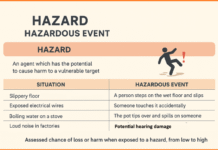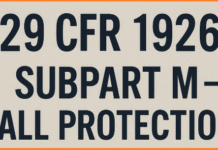In industrial and commercial safety, understanding the concepts of fire load and fire proofing is very important for evaluating fire risks and implementing proper safety measures. These two terms help determine the potential intensity of a fire and the level of protection required to minimize damage and ensure safety.
Contents
FIRE LOAD
Fire load refers to the total amount of heat energy that can be released when all combustible materials present in a specific area are completely burned. This includes everything from furniture and paper to chemicals, fabrics, and structural materials.
Purpose of Fire Load Calculation:
- To estimate the severity of a potential fire
- To determine the firefighting requirements such as the size and capacity of extinguishing systems
- To assess how long a building structure can withstand the heat before collapsing or getting seriously damaged
By calculating the fire load of an area, fire safety professionals can design fire protection systems, choose construction materials, and implement evacuation strategies more effectively.
FIRE PROOFING
Fire proofing is a protective measure used to delay or prevent the spread of fire by insulating structures and equipment from extreme heat. It ensures that key components remain stable and functional during a fire for a certain period, buying time for evacuation and firefighting efforts.
A fire door is one of the most common examples of fire proofing in action. These doors are specially constructed to resist fire and smoke, helping to compartmentalize fires and protect escape routes.
Typical Materials Used in Fire Doors:
- Fibre board
- Rock wool
- Mineral wool
- Fire-resistant glazing
- Intumescent strips
- Cold smoke seals
These materials expand or resist heat to block fire and smoke, maintaining the integrity of the door during a fire event. Fire proofing can also be applied to steel structures, cable trays, and pipelines in the form of sprays, wraps, or coatings.
Fire load and fire proofing are fundamental components in fire safety management. While fire load helps assess potential fire severity, fire proofing provides the necessary protection to reduce risk and enhance survivability. A comprehensive understanding and application of both are essential in designing safer workplaces and buildings.






Please provide the that fire load calculations.
https://rlsdhamal.com/fire-load-calculation/